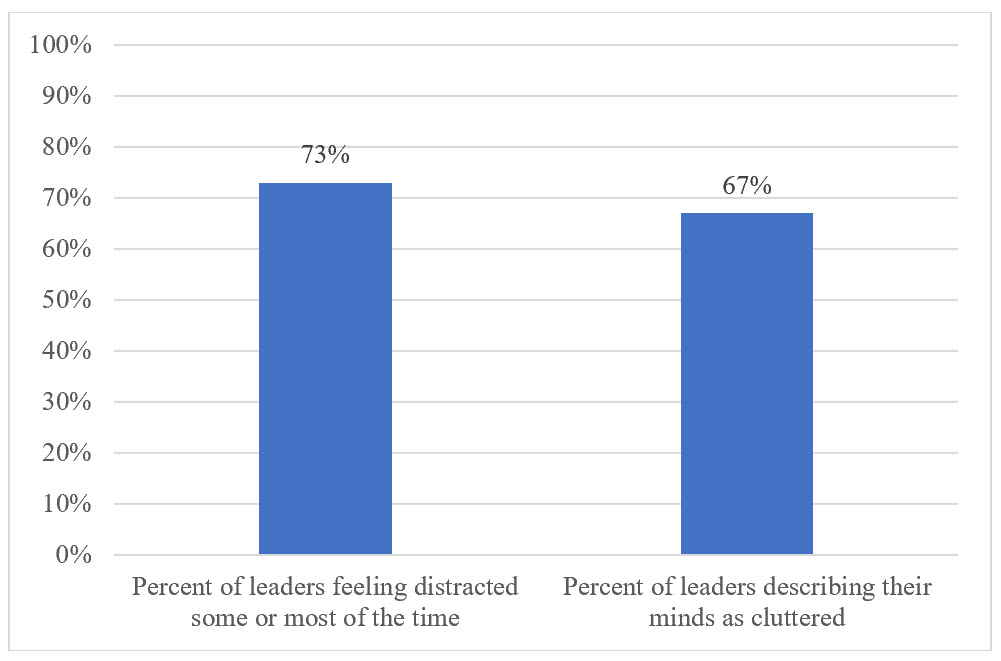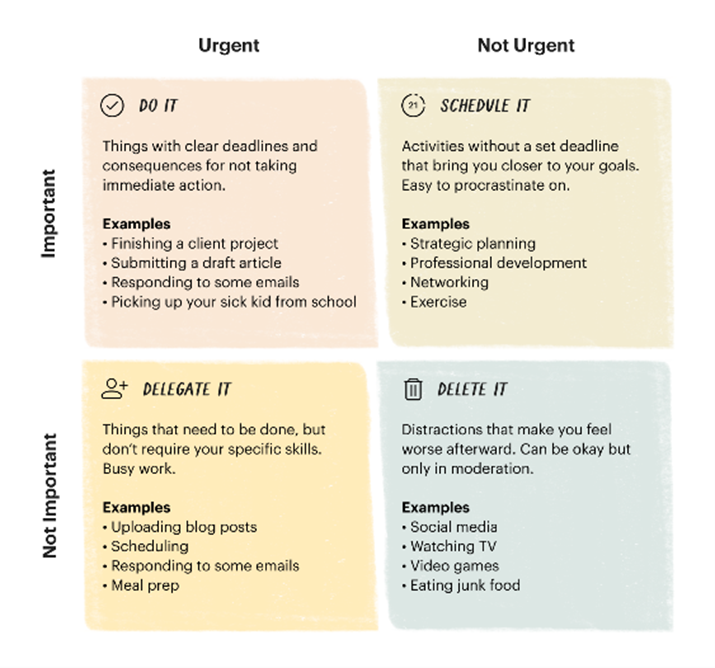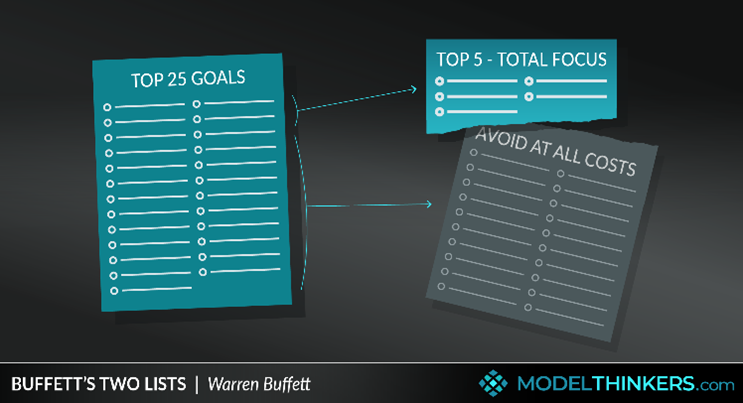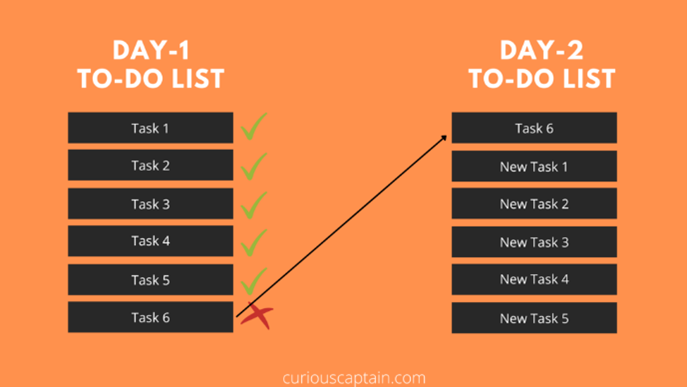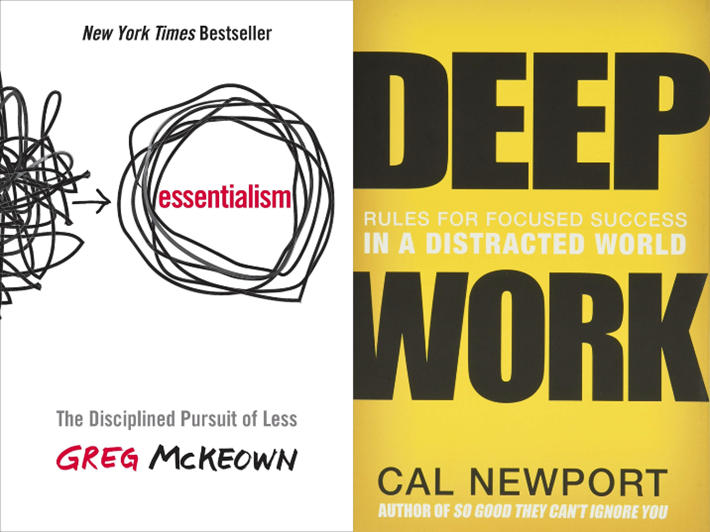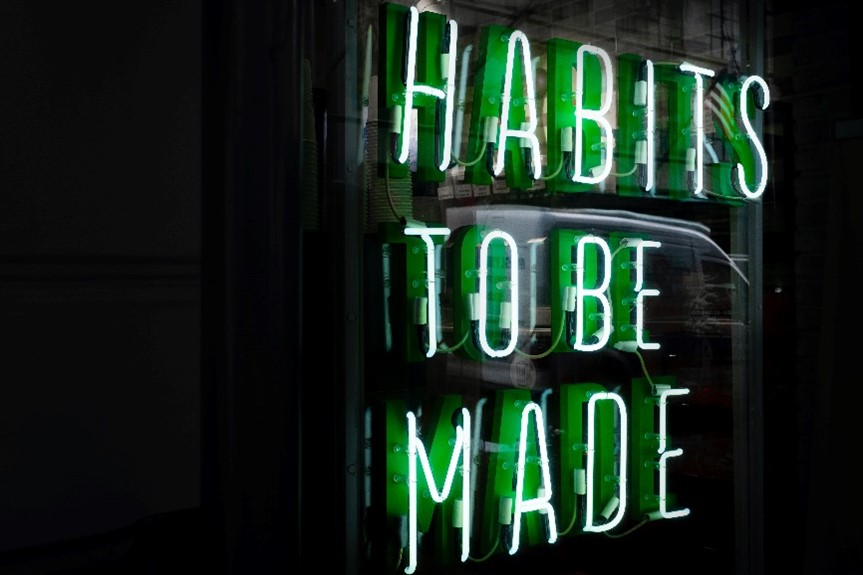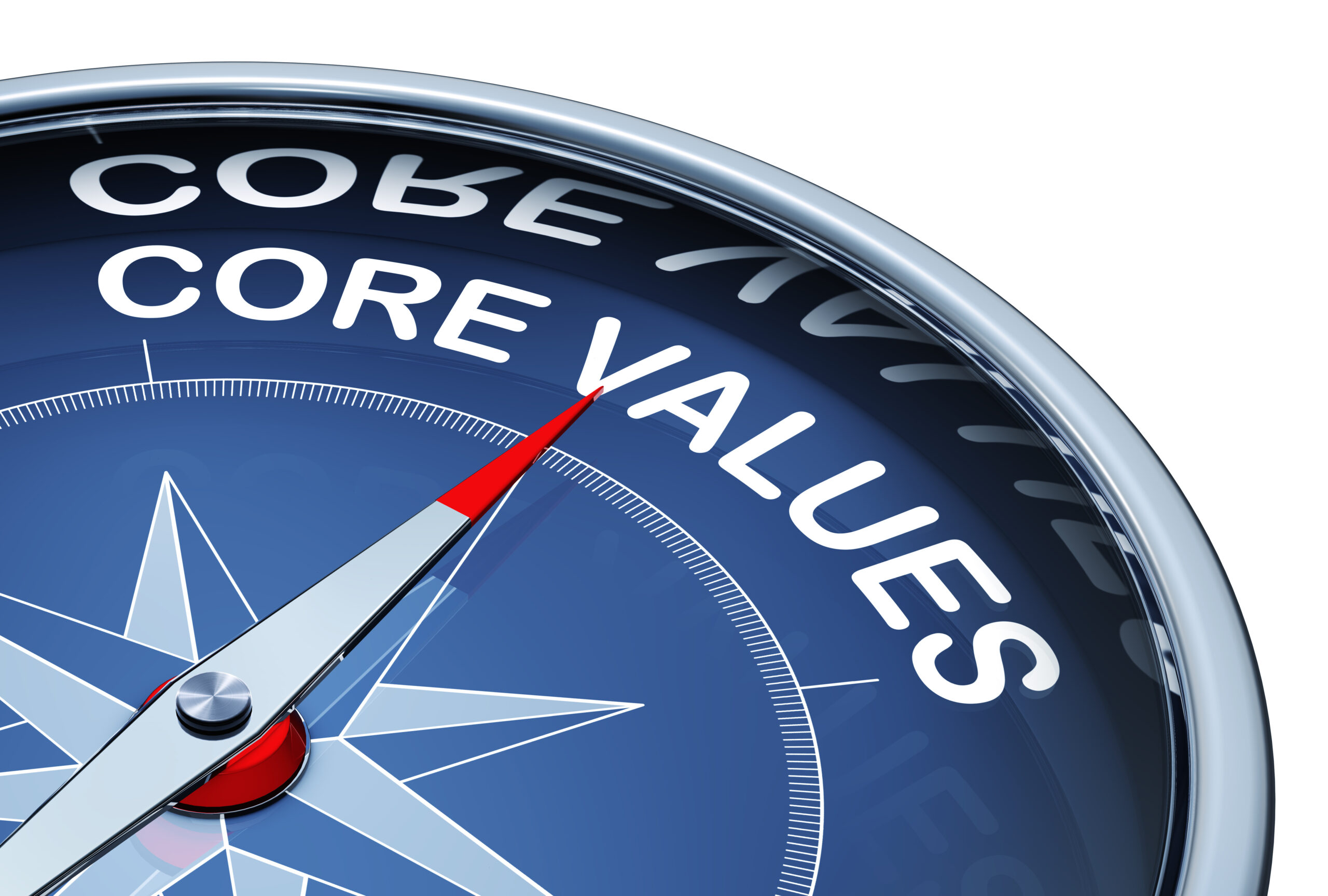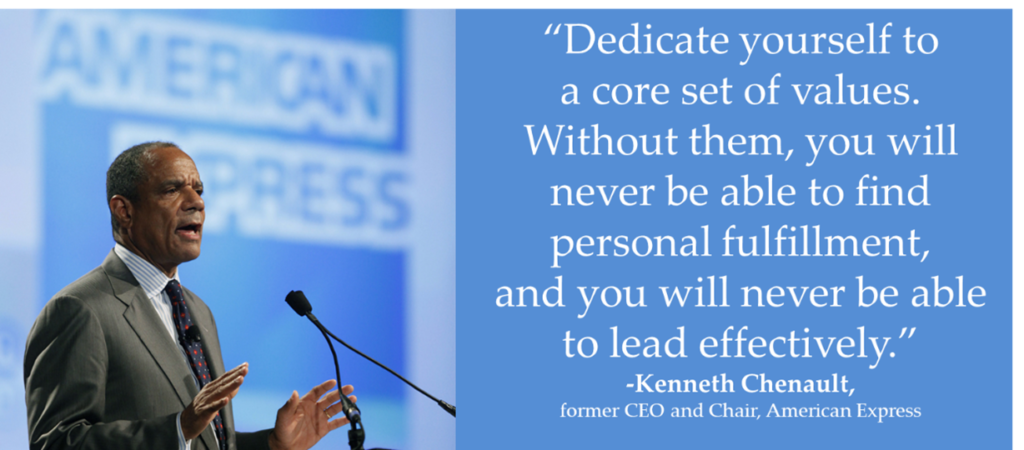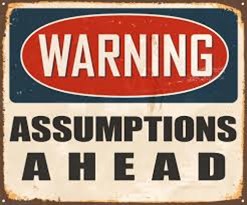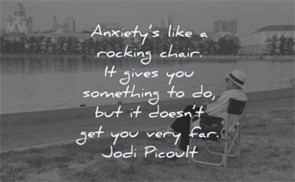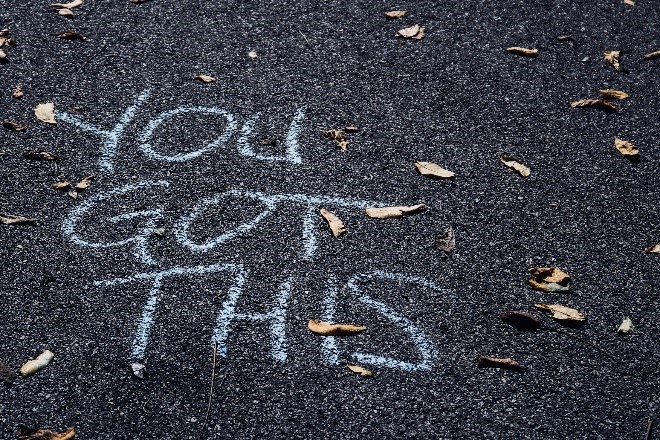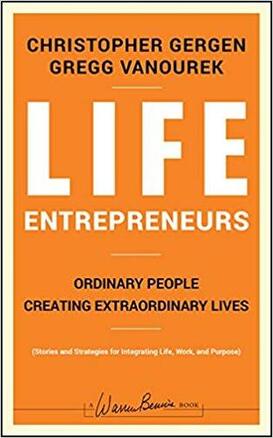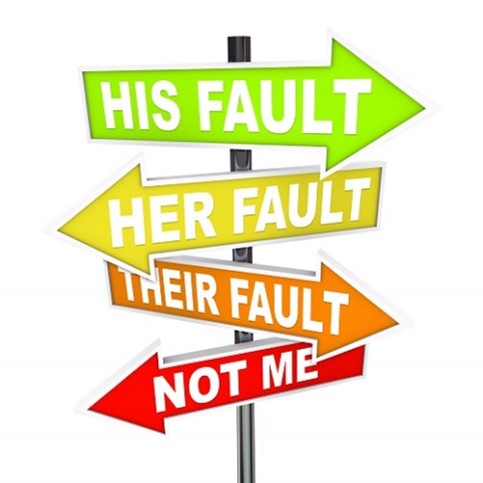The covid-19 pandemic raised big questions about the way we live and work. Amidst the turmoil, we’re wise to take a fresh look at our work and consider whether changes are in order.
The “Great Resignation” demonstrated that many of us have been dissatisfied with our jobs, with millions quitting each month. The trend looks set to continue, especially among younger workers. According to a 2022 LinkedIn study of more than 20,000 U.S. workers, 25% of Gen Zers and 23% of Millennials reported hoping or planning to leave their current employers within the next six months.
Many have fallen into the trap of staying in a bad job too long. If we’re privileged enough to have choices, the questions may arise:
Should I stay or should I go?
How to decide?
Why We Stay in Bad Jobs Too Long
There are many reasons we tend to stay in bad jobs too long. For example, we can be:
- afraid of the unknown
- unclear about what we want in a new job, what other job to apply for, or career to transition into
- worried how it will look on our resume if we leave our job too soon*
- hoping the current job will get better, despite strong signs to the contrary
- reluctant to give up the money, security, or prestige associated with our current job
- dreading the job-search process, with its stress and emotional toll
- afraid the next job will be worse, or have a longer commute, or less flexibility
- wanting a new job lined up before leaving this one
- worried that we don’t have the right skills for a better job
- concerned that our network isn’t strong enough to help land a new job
- worried about what others will think
- afraid of being viewed as disloyal to current colleagues
- good at rationalizing our current situation with logical reasons, even if they’re false or forced
- living paycheck to paycheck, or too deep in debt, so unable to handle a transition period
- not confident enough in our ability to find a better job soon
- concerned about the hassle of adjusting to a new boss, colleagues, and workplace
- accepting other people’s definition of success instead of our own
- concerned that the new job will be even more stressful
- worried about the lack of good job opportunities in this industry
Often, we have many of these concerns simultaneously, and it’s enough to keep us locked in place. It’s hard to make the leap when we’re comparing all the “knowns” of our current job with all the unknowns of what may or may not arise in our future if we attempt a change.
What Makes a Job Bad (or Not a Good Fit)
All jobs come with pluses and minuses. For starters, they allow us to put food on the table and support our lifestyle or family. We may not be in a position to be picky when it comes to our basic financial needs, and we may have a lot invested in our current work with our relationships, routines, and identity.
But in many cases, we have more choices and agency than we might think. Given all that we contribute to a workplace, it’s fair to assess whether they’re holding up their end of the bargain. In many cases, they’re not.
There are many signs of a bad (or mediocre) job—or a job that may no longer be a good fit. Here are 17 such signs:
- Bad, dishonest, or unreliable manager
- Low or no trust among colleagues
- Poor or toxic work culture
- Unethical workplace
- Lack of affinity for the work
- No room for growth or upward mobility
- Lack of recognition for efforts and accomplishments
- Poor work-life balance
- Lack of challenge, learning, growth, and development
- Unfair treatment
- Not enough care for workers and their health, wellbeing, or situation
- Poor or unfair compensation and benefits
- Workplace that’s not sufficiently diverse or equitable
- Missing a sense of inclusion and belonging
- Culture of burnout
- Lack purpose and meaning at work
- Poor fit with our personal values
The Surprising Downsides of Staying in a Job Too Long
While it may be obvious that we shouldn’t stay in a bad job too long, there are also potential downsides to staying in any job too long, according to some employers. It can be a:
- sign of complacency or a lack of drive and ambition
- indication that our professional development has stalled
- sign that our network isn’t as strong as it should be
- indication that we’re not as dynamic, adaptable, and entrepreneurial as we could be (that we’ve been institutionalized)
“There are a lot of positive connotations about longevity in a role, but there is a fair degree of negativity as well.”
-Jamie McLaughlin, CEO, Monday Talent
In addition, staying in a job too long can harm our earning potential. An ADP survey this year revealed that people who switched jobs saw, on average, close to 2% more annual wage growth than their former colleagues who stayed in their jobs.
In some industries, workers received a pay increase of nearly 12%, on average. According to the Conference Board, 20% of people who changed jobs during the pandemic received a 10% to 20% pay increase, and nearly a third of those surveyed earned over 30% more than they made previously. In the U.K., job changers also saw higher earnings growth.
Lauren Thomas, a European economist at Glassdoor, notes that workers often job-hop because of their frustration with slow internal processes at their organization. “Moving to a new job can be a faster and easier way to progress to the next level in a career,” she says. “Job-hopping is one of the easiest ways to gain a significant salary increase. While staying for a long time in the same role can result in below-market pay, finding a new job usually means instantly receiving the market rate.”
Of course, job duration naturally varies not only by individual circumstances and preferences but also by profession and industry. Tech startups and creative agencies, for example, are likely to experience rapid turnover, while law firms, accounting firms, and consulting firms often have some young professionals on a decade-plus march toward achieving partner status while others choose to leave earlier—or get pushed out.
“Unless I really enjoy the role, I don’t see the point in staying for years just for the sake of it. If I can find more fulfilling work and effectively gain a promotion elsewhere, then how long I’ve stayed at a company shouldn’t matter.”
-Anna, 29 (cited in a recent BBC article)
Conclusion
Consider re-evaluating your job regularly (e.g., every year or two) to see if it’s still a good fit for you (not only for salary and benefits but also learning, growth, purpose, development, challenge, fun, stage of life, and overall fit). Why not look at what else is out there? Keep your options open.
Also, consider changes you can make at your current job before assuming you must get a new one. It’s often wise to work on improving your current job in parallel with looking for potential new ones.
Most of all, though, stop drifting through your career and don’t settle.
Reflection Questions
- Wondering whether it’s time to make a job or career change?
- How long have you had these concerns? And how intense are they?
- Have you looked at your reasons for staying and whether they stand up to further scrutiny?
- How much thought and effort have you put into improving your current job?
Tools for You
- Quality of Life Assessment so you can discover your strongest areas and the areas that need work, then act accordingly.
- Traps Test (Common Traps of Living) to help you identify what’s getting in the way of your happiness and quality of life
- Personal Values Exercise to help you clarify what’s most important to you
- Leadership Derailers Assessment to help you identify what’s inhibiting your leadership effectiveness
Related Traps
Other traps related to saying in a bad job too long include:
- Wrong Path
- Golden Handcuffs
- The Common Mistakes of Career Changes
- The Conformity Trap
- The Trap of Being Outer-Driven
- The Prestige Magnet
- The Comparison Trap
- False Metrics of Success
- Drifting through Life
- Settling
Postscript: Inspirations on Job Choices and Changes
- “Every worker needs to escape the wrong job.” -Peter Drucker, expert on management and innovation
- “If the ladder is not leaning against the right wall, every step we take just gets us to the wrong place faster.” -Stephen R. Covey, author, executive, and teacher
- “In a chronically leaking boat, energy devoted to changing vessels is more productive than energy devoted to patching leaks.” -Warren Buffett, legendary investor
- “So many of us choose our paths in life out of fear disguised as practicality.” -Jim Carrey
- “I don’t have a problem with what you do, that’s your choice. What I have a problem with is you lying to yourself about why you’re doing the things you’re doing. You have a choice.” -Jerry Colonna, author and CEO coach
- “Work can provide the opportunity for spiritual and personal, as well as financial, growth. If it doesn’t, we are wasting far too much of our lives on it.” -James A. Autry
- “The one thing you need to know about sustained individual success: Discover what you don’t like doing and stop doing it.” -Marcus Buckingham, author and consultant
- “Go to work for an organization or people you admire. It will turn you on. You ought to be happy where you are working. I always worry about people who say ‘I’m going to do this for 10 years’ and ‘I’m going to do 10 more years of this.’ That’s a little like saving sex for your old age. Not a very good idea. Get right into what you enjoy.” -Warren Buffett, investor
- “There is a time of departure even when there’s no clear place to go.” -Tennessee Williams
- “You don’t have to quit your job to follow your dream. The safest way to pursue your dream is to launch it as a side hustle, and test and learn until you figure out what works. As your knowledge and skills evolve, your passion and purpose can too.” -Adam Grant, organizational psychologist and author
* A general rule of thumb is to wait about two years before changing jobs. According to the U.S. Bureau of Labor Statistics, “The median number of years that wage and salary workers had been with their current employer was 4.1 years in January 2020.”
Featured image source: iStock.
+++++++++++++++++
Gregg Vanourek is a writer, teacher, and TEDx speaker on personal development and leadership. He is co-author of three books, including LIFE Entrepreneurs: Ordinary People Creating Extraordinary Lives (a manifesto for integrating our life and work with purpose, passion, and contribution) and Triple Crown Leadership: Building Excellent, Ethical, and Enduring Organizations (a winner of the International Book Awards). Check out his Best Articles or get his monthly newsletter. If you found value in this article, please forward it to a friend. Every little bit helps!








